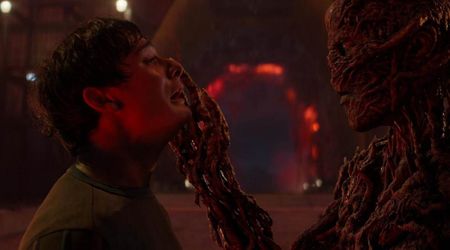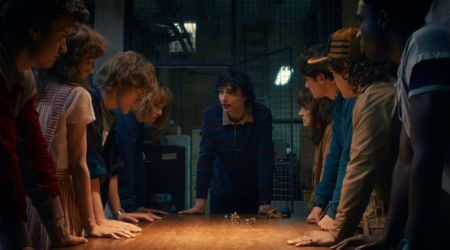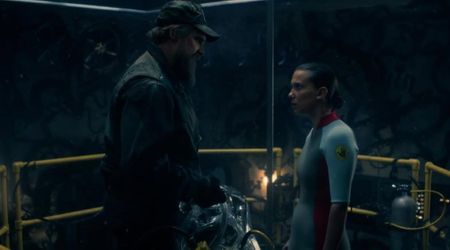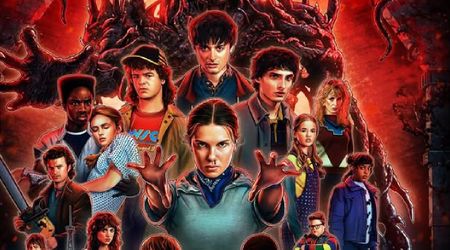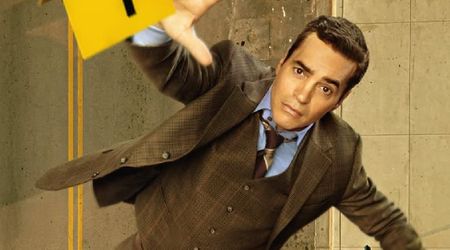The Evolution of Harley Quinn: From the Joker's sidekick to the most popular anti-hero in DC comics

The DC Animated Universe is responsible for a lot of characters who later became an integral part of the DC Comics canon, but none more iconic than Harley Quinn. Introduced as the Joker’s girlfriend and main henchwoman, she eventually grew to be a solo anti-hero in her own right.
While her first comics appearance was technically in ‘The Batman Adventures’ #12, in 1993, that series was a direct companion to ‘Batman: The Animated Series’, and wasn’t considered a part of the main DC Comics universe. Her co-creators, Paul Dini and Bruce Timm, also featured her in ‘The Batman Adventures: Mad Love.’ The story is centered around Harley Quinn and reveals her definitive origin as a psychologist who fell in love with the Joker, immediately joining him on his insane crime spree. Harley Quinn quickly became a fan favorite, but her appearances were limited to comics tying into the animated series alone.

All that changed, however, during the ‘No Man’s Land’ Batman event in 1999, in which Gotham is cut off from the rest of the world following colossal damage to its infrastructure in an earthquake. There were many tie-ins, and one-shots that were tied into the ‘No Man’s Land’ story, and one of them was the ‘Batman: Harley Quinn’ graphic novel. The graphic novel revises her origin story, but remains largely faithful to the origin laid out by ‘Mad Love’ -it remains that of a psychologist who fell madly in love with her patient.
She would continue to make appearances within the comics, mirroring her animated counterpart as the Joker’s girlfriend and henchwoman. It wasn’t long, however, before she received her own ongoing series, separate from the Joker’s machinations, in 2001, in which she goes on quite a journey. She started her own gang, left Gotham behind for Metropolis, died and was resurrected - all ending in her turning herself into Arkham to get the help she realizes she needs.
It doesn’t last, however, and she continued to hop back and forth between the line dividing the criminal and the reformed villain. For a short while, in the ‘Countdown’ series leading up to ‘Final Crisis’, Harley Quinn was an honorary, albeit temporary, Amazonian.
She later occupied a starring role in ‘Gotham City Sirens’, where she, Catwoman and Poison Ivy move in together. Being surrounded by more positive, female influences empowers Harley, through the series, and eventually, we see Harley use all her smarts to break into Arkham Asylum, seeking revenge on the Joker. Things were really looking up for the character.
Then the New 52 happened.

In 2011, in order to attract new readers, DC revamped its entire line, releasing 52 series all starting at #1. Decades’ worth of comic book history was erased from the characters’ lives, and drastic changes were made to some characters’ backstories, designs, and personalities. Harley Quinn was seen with a scandalous new costume in the pages of ‘Suicide Squad’. She is portrayed as more sexual, more unstable, and overall, considerably less nuanced.
It wouldn’t be until 2013 that this was rectified when she was given her own solo series by Amanda Connor and Jimmy Palmiotti. The series returned Harley to her intelligent, charismatic, anti-hero status. The series also sees her calling out the Joker on his abuse and finalizes their break-up once and for all. It also sees the romantic relationship between Harley Quinn and Poison Ivy be portrayed as official canon when for years it had been only hinted at subtextually.
Since her New 52 redesign, Harley Quinn’s costume has gone through a multitude of changes, but currently is a cross between the look designed by Jimmy Palmiotti and the blonde pigtails with dyed ends that was popularized by Margot Robbie in the ‘Suicide Squad’ film - a look that also appears to be the one featured in the trailers and artwork for her upcoming animated series. Between the movies, the video games, and her many comics appearances, Harley Quinn has never been more popular - her frequent appearances and zany humor make her DC’s answer to Marvel’s Deadpool.
Connor and Palmiotti had a four-year run writing the character, and while they’ve moved on, their characterization of Harley Quinn as an empowered, intelligent, capable and hilariously wacky anti-hero who does not need the Joker in her life is a status quo that remains unchallenged.
She also currently stars in not one, but two of DC’s more mature ‘Black Label’ imprints; one by Stepan Sejic that re-examines her origin. The other one is ‘Joker/Harley: Criminal Sanity’ - an alternate take on Harley Quinn that sees her as a forensic profiler, helping the police to hunt down the Joker. She also headlines her own solo series, by Sam Humphries and Sami Basri.

